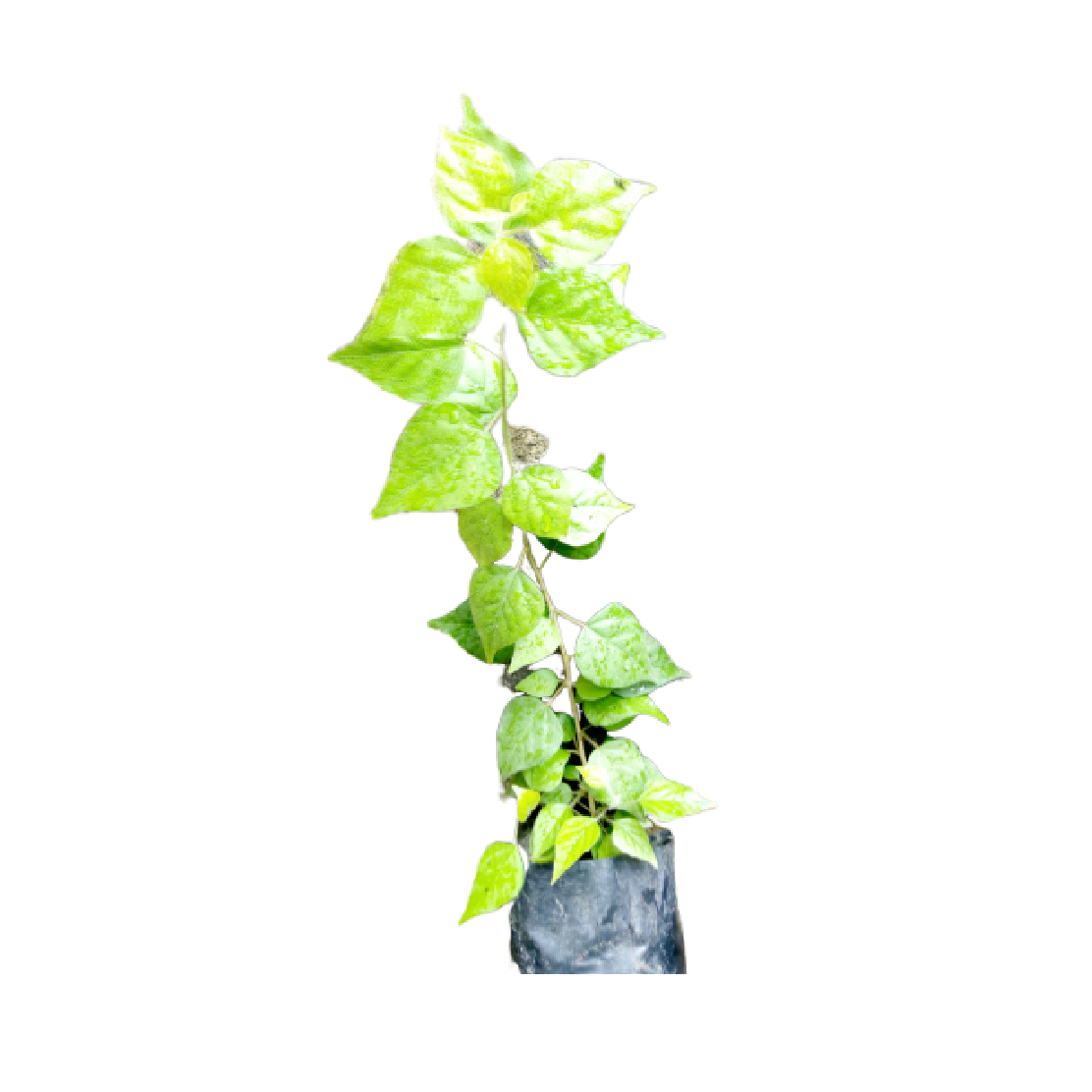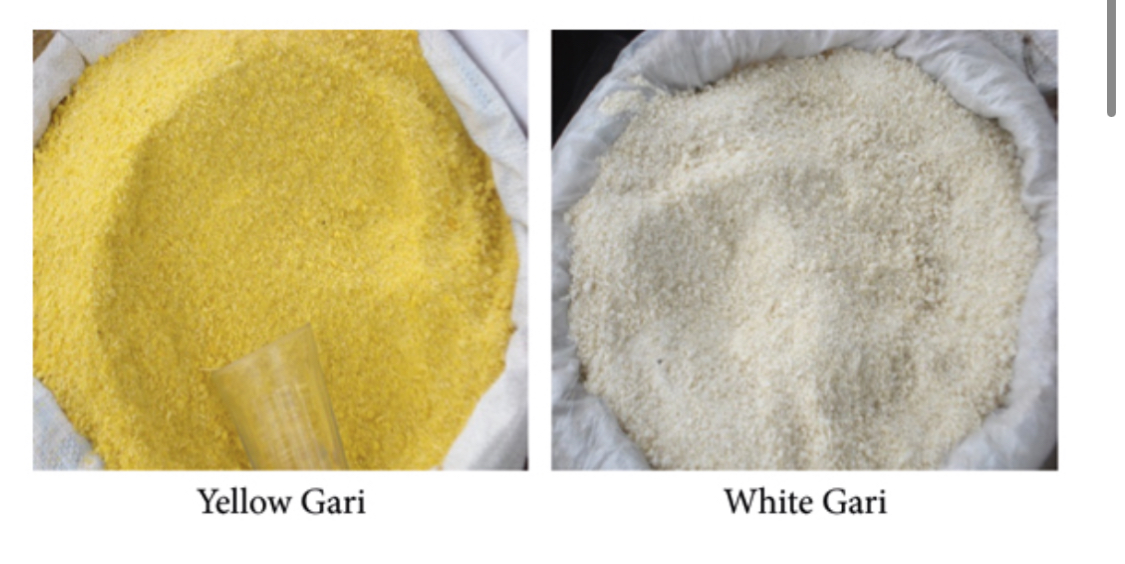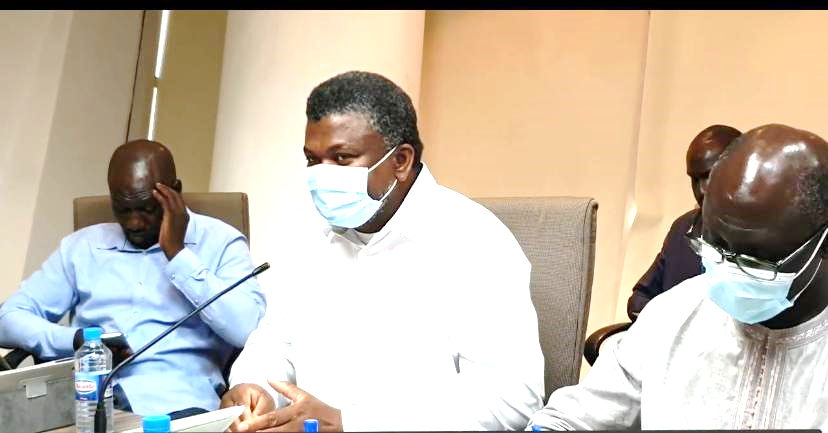By Prof. Raphael Nyarkotey Obu
Croton membranaceus seedling-credit, Rafamall
There are several traditional African plants used in the management of prostate diseases in Ghana. However, one such plant that has been validated by Medical doctors and researchers is Croton membranaceus for prostate infection and prostate enlargement. In this article, I examine the science behind this plant.
Croton Membranaceus, Science
Enlarged Prostate
This human observational study was conducted by Asare et al.(2015) and involved thirty-three patients who were observed before and after 3-month administration of 20 mg three times daily orally. The International Prostate Symptom Score (IPSS), and the International Index of Erectile Function (IIEF) questionnaires were used.
The International Prostate Symptom Score (IPSS), is used to examine the quality of life(QOL) of men with prostate issues,especially on their urinary health. The IPSS is a useful subjective assessment tool so the duty is on you the patient to tell the doctor how you feel before and after taking the medication.
The researchers also assess their Prostate Specific Antigen(PSA) –a blood test that measures how much of a particular protein (called prostate-specific antigen) is in your blood. It’s been the standard test for assessing your prostate health- the higher the number, the likelihood that there is a problem with your prostate that could be cancer or not. The normal range is 0-4ng/ml.
They also examined the renal, and liver function, lipid tests, and ultrasonographic imaging performed. The ultrasound revealed the outlook or size of the prostate. The bigger the size, the higher the effect on your urinary health and quality of life being compromised in general. However, smaller size could also compromise your quality of life.
They found that the International Prostate Symptom Score (IPSS), showed 37% had severe, 40% moderate, and 23% mild symptoms before; 57% and 43% had moderate and mild symptoms, respectively, after treatment.
The International Index of Erectile Function (IIEF) showed 30% with severe, 40% moderate, 24% mild-moderate, 3% mild, and 3% no erectile dysfunction before treatment and 20% severe, 43% moderate, and 37% mild-moderate dysfunction, after treatment.
On the prostate itself, they found that C. membranaceus shrinks the prostate and improves the quality of Life.
The second was a prospective study conducted by Kyei et al.(2017) which evaluates Ghanaian traditional medicines used for the management of prostate diseases and their constituents.
This is what they did: They asked patients with lower urinary symptoms (LUTS)who had taken traditional Medicine to bring samples to the Urology Unit of the Korle Bu Teaching Hospital (KBTH) in Accra from January 2015 to June 2016.
They further visited all the 58 licensed pharmaceutical shops in Okaishie, a wholesale and retail depot for medicines in the main business district of Accra, and purchased traditional medicines for the management of prostate diseases.
This was part of a study on the management of benign prostate hyperplasia at the KBTH approved by the Medical Directorate. They found that eleven products in the market contain the root extract of Croton membranaceus.
They concluded that Croton membranaceus was the indigenous traditional medicine identified for relieving LUTS due to prostate disease. However, they advised that in the case of prostate cancer, empirical evidence on its efficacy is needed before establishing croton membranaceus used in treating Prostate cancer.
Croton Membranaceus, Prostate Cancer
One animal study by Afriyie et al(2015) found that C. membranaceus has a cytotoxic effect on BPH-1 cell lines as well as C. membranaceus promoting apoptosis. A previous study by Afriyie et al.(2014) found a reduction of the serum prostate-specific antigen (PSA) both in animal studies and human clinical studies.
Another study by Aboagye et al.(2000) found the compound Julocrotine, a glutarimide alkaloid in Croton membranaceus, and a subsequent study by Baylor et al. (2008) identified a cytotoxic diterpenoid from C. membranaceus that may be effective against cancer.
Appiah AA’s (2011) study identified a methanolic extract of the roots to have cytotoxic activities against two cancer cell lines. Six compounds were isolated and suggested against human prostate cancer (PC-3) cells, which might provide some support for the traditional use of C. membranaceus in the treatment of cancers.
Kyei et al.(2017) found that observations at urology clinics find that patients with prostate cancer on C. membranaceus present with advanced and metastatic disease despite having been on this traditional medicine treatment for a considerable period.
Despite these observations, no clinical studies have been conducted on the use of C. membranaceus in the management of prostate cancer either to achieve a cure or to reduce its progression.
Blood sugar, cholesterol
The first rats’ study was published by Asare et al.(2015) aimed at establishing whether Croton membranaceus (CM) used for prostatitis had any effect on Cardiovascular diseases. The study found that Croton membranaceus normally used for prostate disease management has a positive effect on cholesterol, blood sugar, and blood pressure.
How it work
An old study by Aboagye FA(1997) found that C.membranaceusinhibited the enzyme activity of 5α-reductase in rat serum leading to a reduction in the levels of dihydrotestosterone levels in vitro however no significant reductions in the serum levels of dihydrotestosterone was observed in vivo. This led him to conclude that inhibition of 5α-reductase activity may not be the major mechanism by which the extract exerts its action on patients with LUTS due to BPH.
This means that the exact mechanism of action of the C. membranaceus is yet to be established.
However, a subsequent study by Aboagye et al.(2000) found the compound Julocrotine, a glutarimide alkaloid in Croton membranaceus. A previous study by Baylor et al. (2008) identified a cytotoxic diterpenoid from C. membranaceus that may be effective against cancer.
Appiah AA(2011) study identified a methanolic extract of the roots to have cytotoxic activities against two cancer cell lines. Six compounds were isolated and suggested against human prostate cancer (PC-3) cells, which might provide some support for the traditional use of C. membranaceus in the treatment of cancers.
Warning
Kyei et al(2017) are worried that the current traditional medical practice in the treatment of prostate diseases does not differentiate between prostatitis, benign prostate hyperplasia,and prostate cancer with herbal remedies being advocated for symptomatic relief in all these conditions.
This means that traditional healers have a duty to know the difference between prostate cancer, where the prostate is enlarged or infected, and refer those with the cancer to the right centers for management. But the question is how can traditional healers diagnose prostate cancer? This is where the issue is.
Also, Asare et al.(2011) study found no adverse effect of using C. membranaceus in animals. Afriyie et al (2013) further says that it can be used as an antiatherogenic and anti-ischemicnatural drug.
Two studies, (Appiah, 2011; Appiah et al. 2013) found no adverse biological effect. Asare et al.(2010) clinical study on its use in BPH, found no observable adverse effects associated with the clinical use of preparations of C. membranaceus during the study period of three months. However, the liver function tests had some parameters increasing slightly with a statistically significant increase in the total bilirubin and indirect bilirubin.
Take Home
Kyei et al.(2017) study confirmed that both animal and human studies support the effectiveness of C. membranaceus in the management of some patients with lower urinary symptoms due to BPH. However, their concern was that there is no clinical study to confirm the effectiveness of C. membranaceus for the management of prostate cancer.
They recommended that every effort must therefore be made at the initial evaluation to ensure that those with possible underlying prostate cancer are referred for appropriate diagnosis, staging, and treatment.
The writer is a Professor of Naturopathic Healthcare, a Medical Journalist, an author, and a science writer. E. mail: professor40naturopathy@gmail.com. For more about me,Visit: profnyarkotey.com
References
1. Asare GA, Adjei S, Afriyie D, Appiah-Danquah AB, Asia J, Asiedu B, Santa S, Doku D. Croton membranaceusImproves Some Biomarkers of Cardiovascular Disease and Diabetes in Genetic Animal Models. J Clin Diagn Res. 2015 Dec;9(12):OF01-5. doi: 10.7860/JCDR/2015/14844.6899. Epub 2015 Dec 1. PMID: 26816938; PMCID: PMC4717687.
2. George Awuku Asare, Daniel Afriyie, Robert A. Ngala,Alfred A. Appiah,Yvonne Anang, Musah, Samuel Adjei,Kwabena Bamfo-Quaicoe, Derick Sule, Ben A. Gyan, Peter Arhin, and Dominic A. Edoh (2015). Shrinkage of Prostate and Improved Quality of Life: Management of BPH Patients with Croton membranaceus Ethanolic Root Extract. Evidence-Based Complementary and Alternative Medicine Journal. Volume 2015 | Article ID 365205 | https://doi.org/10.1155/2015/365205.
3. Mathew Y. Kyei , George O. Klufio, Ali Ayamba and Sherif Mohammed(2017) Traditional medicines and alternative practice in the management of prostate diseases in southern Ghana. Ghana Med J 2017; 51(3): 128-137 DOI: http://dx.doi.org/10.4314/gmj.v51i3.6
4. Asare, GA, Sittie A, Bugyei K, Gyan BA, Adjei S, Addo P, Wiredu EK, Nyarko AK, Otu-Nyarko LS, Adjei DN. Acute toxicity studies of Croton membranaceus root extract. Journal of Ethnopharmacology. 2011; 134:(3):938-943. 31.
5. Afriyie DK, Asare GA, Bugyei K, Asiedu-Gyekye I, GyanBA, Adjei S, Addo P, Sittie A, Nyarko AK. Anti-atherogenic and anti-ischemic potentials of Croton membranaceus observed during sub-chronic toxicitystudies. Pharmacognosy Research. 2013; 5(1):10
6. Appiah AA. Phytochemical and biological analysis of Croton membranaceus [Ph.D. thesis], Chemistry Department, University of Ghana, 2011
7. Appiah AA, Asomaning WA, Oppong IV, DukerEshun G, Clement J, Okine LKN, Achel G, Gyampo O, Adjei S, Nyarko AK, Aboagye FA, Edoh DA. African Natural Plant Products Volume II: Discoveries and Challenges in Chemistry, Health, and Nutrition. 2013; chap 6, Volume 1127 page 79- 92. DOI: 10.1021/bk-2013-1127.ch006
8. Aboagye FA. The effect of Croton membranaceus on dihydrotestosterone levels in blood and its synthesis by prostatic 5 alpha-reductase in the rat [M.Phil. thesis], Department of Biochemistry, University of Ghana, 1997
9. Aboagye FA, Sam GH, Massiot G, Lavaud C, Julocrotine, a glutarimide alkaloid from Croton membranaceus, Fitoterapia. 2000; 71(4):461–462.
10. Bayor MT, Ayim JSK, Marston G, Phillips RM, ShnyderSD, Wheelhouse RT, Wright CW. A cytotoxic diterpenoidfrom Croton membranaceus, the major constituent of anticancer herbal formulations used in Ghana, Natural Product Communications. 2008; 3(11):1875–1878.
11. Afriyie DK, Asare GA, Bugyei K, Lin J, Peng J, Hong Z, Mitochondria-dependent apoptogenic activity of aqueous root extract of Croton membranaceus against human BPH-1 cells, Genetics and Molecular Research. 2015; 14(1):149–162
12. Afriyie DK, Asare GA, K. Bugyei K, Adjei S, Lin J, Peng J, Hong Z. Treatment of benign. prostatic hyperplasia with Croton membranaceus in an experimental animal model, Journal of Ethnopharmacology. 2014; 157:90–98.




